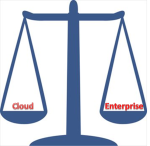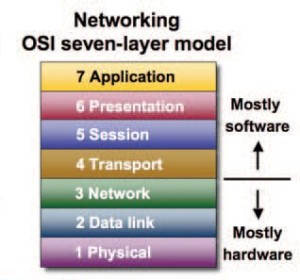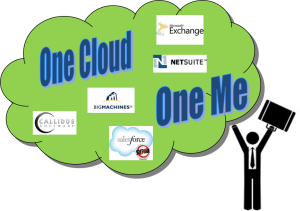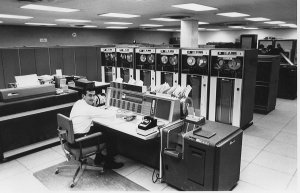CIO of the Cloud (or not)
October 15, 2012 Leave a comment
Chief Information Officer is an interesting title; what is the CIO accountable for? Here’s a definition from Gartner:
CIO (Chief Information Officer)
The person responsible for planning, choosing, buying and installing a company’s computer and information-processing operation. Originally called data-processing managers, then management information system (MIS) directors, CIOs develop the information technology (IT) vision for the company. They oversee the development of corporate standards, technology architecture, technology evaluation and transfer; sponsor the business technology planning process; manage client relations; align IT with the business; and develop IT financial management systems. They also oversee plans to reinvest in the IT infrastructure, as well as in business and technology professionals. They are responsible for leading the development of an IT governance framework that will define the working relationships and sharing of IT components among various IT groups within the corporation.
That’s pretty encompassing and I think accurately describes what I call “Enterprise IT”, or what it takes to help your business run efficiently and effectively from an internal perspective. But what happens when your business is the business of technology? What if your revenues are based on a cloud offering? It’s one thing if internal operations are compromised, but it’s a whole different level if your livelihood is on the line. This situation can still be considered your company’s computer and information-processing operations and the domain of the CIO. However, product development and perhaps the CTO have some pretty big influence on the technology architecture; in fact they probably own those standards and decisions. So what’s a CIO to do?
That’s where “Cloud IT” and being CIO of the Cloud comes into play. While the CIO may have little to say about what’s running, they may have a lot to say about how it runs. There is still no one better equipped to understand the operational and support aspects of running IT. And the truth of the matter is; the product people aren’t so interested in running the cloud as they are in creating the cloud. By the way, the Gartner definition sort of neglects the operational and support aspects of the CIO role since they stopped at install. Here is where the CIO must align IT not with “the business” as in the Gartner definition, but with the “business of the business”. They know the IT professionals and processes it takes to run technology, the CIO should be the partner entrusted with running revenue operations.
Are the Cloud CIO and the Enterprise CIO the same person? I remember one time when the company I was working for was acquired, the network was being run by the product development organization. You never knew what was going to happen when you plugged into the wall (this was a while ago obviously), would there be connectivity or not? There is definitely segregation required between Cloud and Enterprise IT, security and access are very different between the two not to mention the application set. There are also common skills required in both aspects of the CIO role and within the organization, the focus and priorities are very different though. Of course, not every organization is faced with this dilemma but it is becoming more prevalent as the cloud continues to evolve and grow.
What kind of CIO are you? What kind of IT organization are you a part of? Which one keeps you up at night?
© Ellen Terwilliger 2012
Related articles
- State of IT: what will the post-cloud CIO look like? (siliconrepublic.com)
- The CIO Paradox by Martha Heller – a book review (ericbrown.com)










